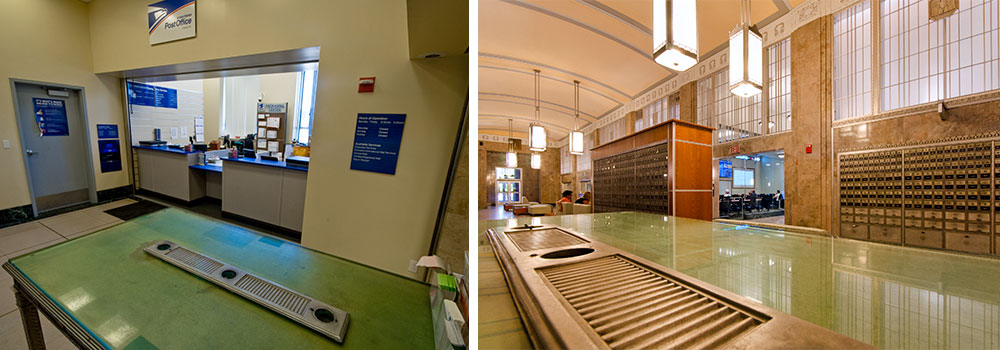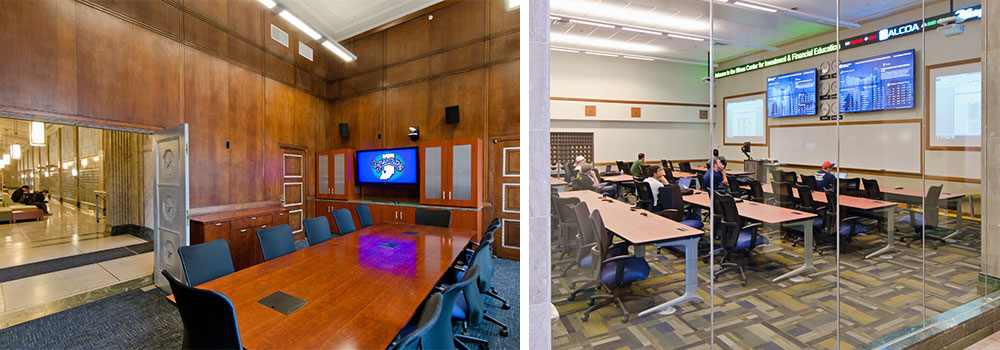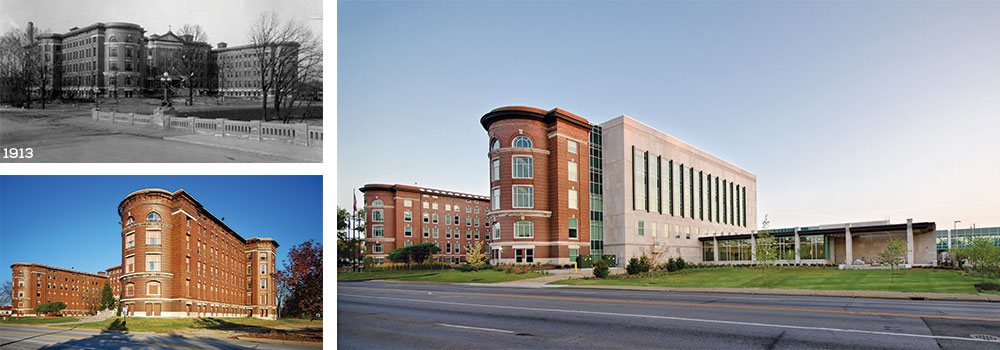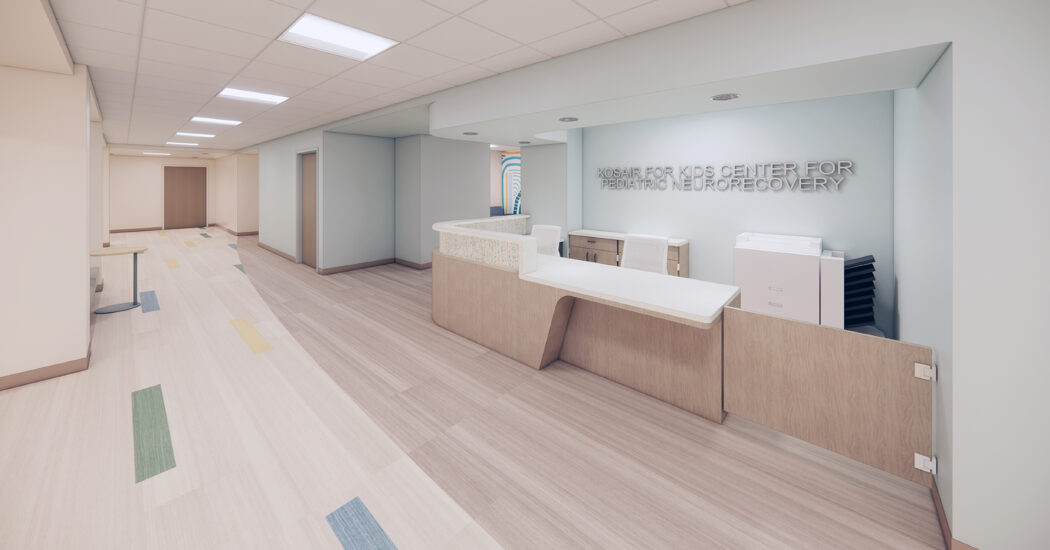4 Tips for Adaptive Reuse in Higher Education
-
Category
Studio-Higher Ed, Perspectives, Innovation -
Posted By
Schmidt Associates -
Posted On
Sep 25, 2019
How to successfully expand your campus by repurposing old buildings

Former Post Office and Courthouse turned into the ISU Scott College of Business
Whether you have a building on campus that is sitting vacant, or you’re looking for a new space to expand into, adaptive reuse is an effective option for many higher education construction projects.
“Adaptive reuse” refers to giving an existing building—often a fairly old, historic one—a new purpose. It involves taking a space that used to serve one function, recycling it, and reusing it to serve a new function.
Why Reuse Old Buildings?
You can’t build new forever, which is why adaptive reuse is becoming increasingly popular—not only in higher education, but across all sectors. In fact, more than 90 percent of the future building inventory in the United States in 2025 already exists, according to the American Institute of Architecture. This means buildings we have today will need to be reused and repurposed in the future.
Adaptive reuse is a smart way to expand a campus for many reasons. It can reduce costs by using existing facilities instead of building brand new construction. It’s also the environmentally responsible choice, as it allows you to recycle structures and materials and avoid developing on new land.
If you’re repurposing a building already on your campus, adaptive reuse also helps preserve the heritage of your university or college by retaining original architecture. This ensures new spaces remain visually cohesive with the rest of campus.
Learn more about why adaptive reuse is important in today’s world.
Successful Adaptive Reuse
While reusing old buildings has a lot of benefits, it also has its challenges. Unlike new construction, there will likely be unique hiccups that arise when opening up old buildings. If you go into the project for the right reasons and with the right mindset, the result will be a more meaningful space with historic charm.
Prepare for the process by keeping these keys to a successful adaptive reuse in mind:
1. Take advantage of the opportunities the building gives you.
The fun part of an adaptive reuse is figuring out how to reinvent the space for the needs of today. The obstacles of existing construction are what prompts innovative solutions. The building will give you natural opportunities to design creatively and think outside the box.
Can a leftover corner be turned into a study nook? Can an awkwardly placed stairwell be opened and made into an interesting new focal point? Take those opportunities to make the building memorable and unique to your campus.
2. Highlight historic character.
Not every old building is ornate and beautiful. If you are lucky enough to be adapting one that is, be careful not to erase those details that made the building what it was. As you revamp flow and function, look for characteristics you can preserve and blend with your new design.
When we transformed an old post office and courthouse into the Scott College of Business at Indiana State University, we reconfigured and adapted the building to the needs of a modern business program, but we retained the historic details that gave it character. We kept the post office’s old mailboxes, made the bank teller windows peer into the new classrooms, and rewired and fully restored the two-story federal courtroom to its original glory for large group functions.

ISU Scott College of Business
3. Be honest about what you need.
Adaptive reuse requires you to reimagine what your space could be. This often means tossing out old ideas of what you think you need. It also means carefully integrating modern amenities and building systems that don’t compete with the historic architecture.
However, the ultimate goal is to create a space that functions well for your program. Be honest about what that means. Some spaces may not work for a specific function, no matter how hard you try. This doesn’t mean you have to demolish the building. You might just need to think outside its four walls.
When we transformed the old St. Vincent Hospital into the Ivy Tech Illinois Fall Creek Center, we knew retaining the recognizable patient wings and their facades would be important. They were iconic to the surrounding community. However, those wings weren’t an appropriate size for classrooms. Instead, we made them into administrative offices and built additions for the new learning spaces. We carefully juxtaposed the 1913 architecture with new modern lines, and a one-of-a-kind education facility was born.

Before and After of Ivy Tech Illinois Fall Creek Center
4. Involve the right stakeholders.
One of the most important parts of successful adaptive reuse has nothing to do with the building. The project can only work if the right people are at the table.
Think about everyone who is tied to the space:
- If the building was not previously part of one of your campuses, make sure you talk with the surrounding community. Understand what the building means to them, and what their hopes are for it.
- Get insights from the building’s previous tenant/owner; they know it best.
- If necessary, involve the Historic Preservation Office early.
- Make sure key faculty and student groups have a say in the process.
When everyone understands the goal of rejuvenating an old space—and can help inform the end product—the result is a more integrated, effective design.
Want to know more about pursuing an adaptive reuse project? Contact our architects and engineers.







